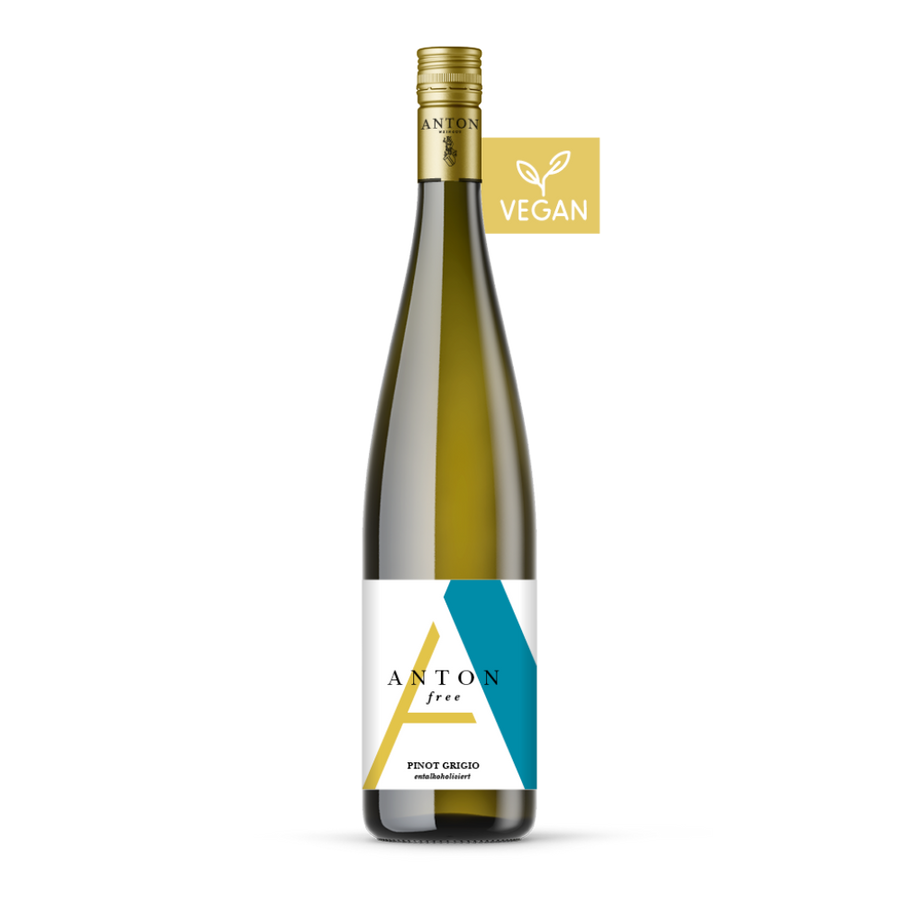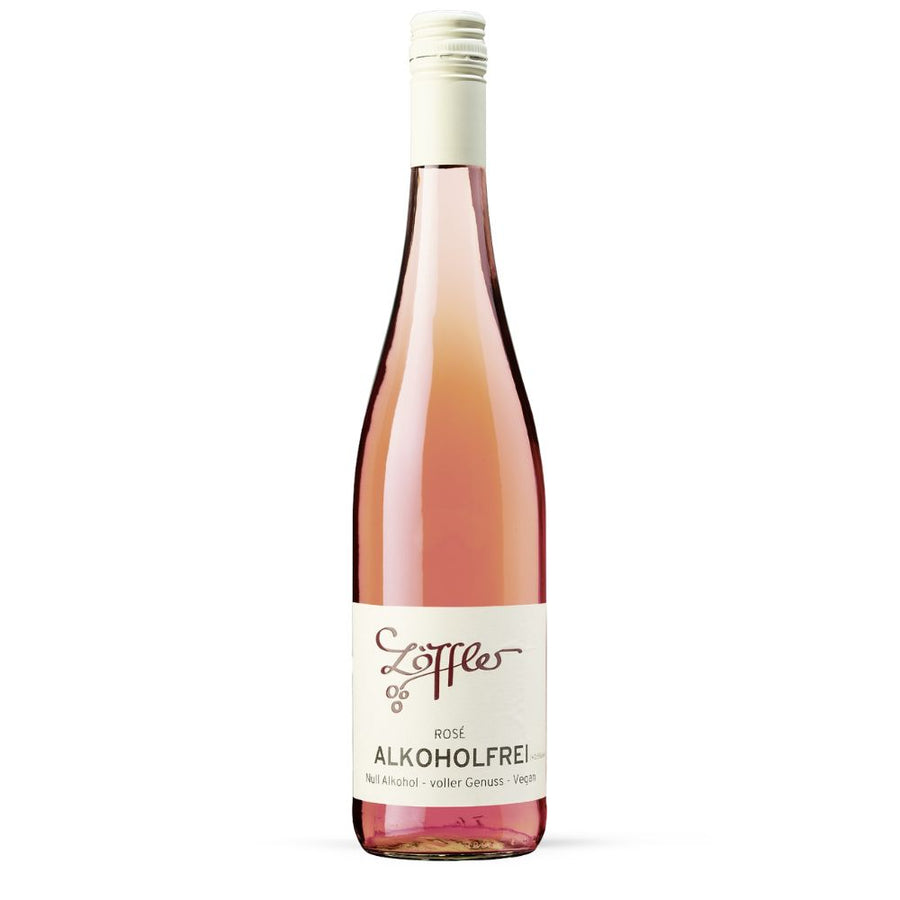Non-alcoholic wine/sparkling wine and its alternatives: A casual comparison

Non-alcoholic beverages are booming right now – and non-alcoholic wine/sparkling wine is at the forefront. Many people like to turn to them when they don't want to drink alcohol but still don't want to miss out on enjoyment and that certain something. But how does non-alcoholic wine/sparkling wine actually compare to other typical thirst quenchers? Let's take a relaxed look at the various alternatives: from soft drinks to juices and mixed drinks to mocktails. It's all about taste, ingredients, food pairing, and, of course, a bit of style.
Commercial soft drinks – Coca Cola, Sprite & Co.
Everyone knows soft drinks like Coke, Sprite, or Fanta – they seem to be everywhere and provide a quick energy boost – whether they actually quench your thirst isn't up for debate here. But a look at the ingredients will take your appetite away: They contain a fair amount of sugar (up to 10 grams per 100 milliliters!), plus artificial flavors, colorings, and, in the case of Coke, phosphoric acid and caffeine. They're not really suited to fine dining because they pack a punch and don't really mix with fine dishes. They can't really be taken seriously as a wine/sparkling wine substitute either – they're too synonymous with fast food and the fast pace of life.
Fruit juices – apple, orange, mango & co.
Fruit juices initially seem natural and healthy: vitamins, plant compounds, all from the fruit. But beware – a glass of apple juice easily contains as much sugar as a soft drink, just fructose – and that's still sugar. Additives like flavorings or colorings are rarely found in good juices, but more so in cheaper versions. Some juices go well with a fancy meal – especially sparkling as a spritzer and especially with Asian or vegetarian dishes. The right wine/sparkling wine feeling, this complex world, and tradition are often lost.
Mixed drinks – Ice Tea, Red Bull & Co.
Iced tea and energy drinks are somewhere between a soft drink and a juice. They usually contain a mixture of sugar, theine or caffeine, flavorings, and sometimes even colorings. The sugar and caffeine content is often quite high, making them unsuitable for everyday consumption. They often taste too sweet and intense—they don't really go well with a fine meal. And as a substitute for wine or sparkling wine for social occasions? Not really: too artificial, too one-dimensional.
Non-alcoholic cocktails (mocktails)
Mocktails, or non-alcoholic cocktails, have become truly creative and varied these days. They often feature herbs, spices, and fresh ingredients, creating exciting flavor experiences. But they also usually contain a good amount of fruit juice or syrup—again, a lot of sugar. If you limit the sugar and choose good ingredients, you can toast with mocktails in true style. However, there's hardly any wine/sparkling wine vibe, as mocktails represent modern bar culture rather than the classic wine/sparkling wine tradition.
Conclusion: What are the advantages of non-alcoholic wine/sparkling wine?
Non-alcoholic wine/sparkling wine has several clear advantages over other alternatives: High-quality products are free of artificial additives, contain less sugar than juices or soft drinks, and the taste experience is quite similar to real wine/sparkling wine—full-bodied, complex, and perfect with a stylish meal. On top of that, the ritual and typical wine/sparkling wine culture are preserved. So, if you want to avoid alcohol but still value enjoyment and style, non-alcoholic wine/sparkling wine is the best choice.

